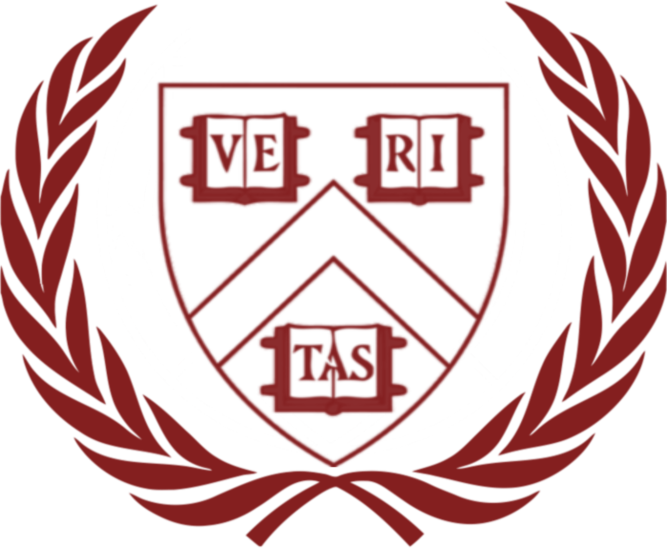Blog Post: China's Belt and Road Initiative
Ever since its launch in 2013, China’s multi trillion dollar Belt and Road Initiative (BRI) has caught the attention of world leaders and analysts in regards to the potential economic and social consequences it may bring for the involved countries and the world as a whole. Nevertheless, the world we live in today is vastly different from that of 2013, meaning that the analysis that must be done in regards to the BRI must include the minutiae of the current socioeconomic order.
For once, it is crucial to note that the BRI imposes very few conditions on participating countries, making it highly popular among authoritarian regimes and nations with low compliance of Human Rights. So far, countries like Venezuela, Belarus and Saudi Arabia have joined the BRI, which could potentially exacerbate the power of these authoritarian regimes, and lead to the further threatening of democracy and human rights around the world.
However, from an economic standpoint, the BRI could be seen very favorably, particularly in developing countries. In essence, China has provided nations like Pakistan and Sri Lanka with billionaire loans to be invested in infrastructure to facilitate aid. For most of the receiving countries, these loans would have been unattainable from another lender like the World Bank. So, China’s financial involvement could boost the borrowing country’s economy if the loans are indeed used to build the planned infrastructure. However, high corruption levels, unstable social and political orders, and the dramatic increase in foreign debt caused by the COVID-19 pandemic make these loans highly risky.
To fight said risk, China has imposed a lease scheme where the Asian giant is given control over the infrastructure built with the loans over a period of time. This has raised concern in the west, as ports and maritime trade infrastructure could be used for military purposes under the control of the lender. As a result, the BRI could also help in China’s ambition to expand its military presence around the world, providing a neocolonialist lens through which the initiative can be assessed.
China’s BRI has been accompanied by a surge of nationalist populism in the west, which has prompted countries like the United States and the United Kingdom to turn to protectionism: the direct antithesis of what China seeks to achieve. The rise of protectionism in the west makes China a highly attractive alternative for countries like Peru, whose trade relations have been historically westward, but have opted into signing agreements part of the BRI. If the US seeks to maintain its position as the world superpower and leader in countless industries, it must reassess its own international trade policy scheme to combat the attractiveness of the BRI.
Finally, it is fundamental to consider the impact that the BRI could have on the world’s fight against climate change. To date, none of the trade agreements that are part of the initiative have placed any conditions in relation to greenhouse gas emissions or the use of sustainable methods and technologies. With trade unions like the EU promoting international climate solutions like climate clubs -where countries are required to comply with certain conditions and goals in order to trade with the members of the club-, China’s disregard for such conditions could incentivize developing countries, for whom it is very costly to decarbonize, to join the BRI and minimize their relations with the west.
As we prepare to debate and draft solutions on China’s Belt and Road Initiative, it is fundamental to assess the multifaceted impact it could have on the world economic and social order, beyond that on the parties involved. This includes considering the financial implications of China’s high-risk loans, the setbacks the BRI could generate in the fight against climate change, and the potential threat to the westward global economy that has prevailed for the most part of modern history.
Sources:
Chatzky, Andrew, and James McBride. “China's Massive Belt and Road Initiative.” Council on Foreign Relations, Council on Foreign Relations,
Chiu, Ethan. “Environmental Implications of the Belt and Road Initiative: Geopolitics and Climate Change.” The Yale Review of International Studies, 12 Nov. 2022,
Ellis, Sam. “China's Trillion-Dollar Plan to Dominate Global Trade.” Vox, Vox, 6 Apr. 2018, The Economist. (2020). “The New World Disorder.” June 18, 2020.
Gideon Rachman. (2020). “A New Cold War: Trump, Xi, and the escalating US-China confrontation”. Financial Times, October 4 2020.
